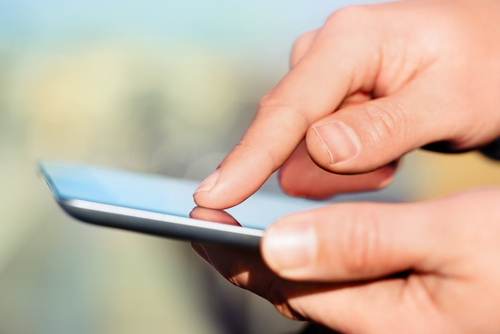As wearables such as smartwatches, health and activity trackers collect contextual data about people’s behaviour and preferences, human lives are becoming more connected.
According to Gartner, 26 billion connected devices will be in use globally by 2020 whilst another study from Strategy Analytics shows traditional connected devices like PCs, smartphones and tablets now account for less than a third of all connected devices in use.
App Annie has identified six major subcategories of connected devices mobile apps: car, health and fitness, home, media, productivity and watch.
In its latest report, the company found that media and productivity apps took the lead in August 2014 downloads. Media, the largest connected device subcategory, saw five apps rank in the top 10 for the overall connected devices category.
>See also: Mobile apps: A matter of life and death?
These five apps account for roughly 40% of downloads. Google’s popular dongle Chromecast hit the spotlight by ranking number one in overall downloads, followed by DIRECTV, GoPro, AT&T U-verse and DISH Anywhere.
The subcategory ‘productivity’, primarily consisting of credit card reader and printer apps, came second with about 30% of downloads and four apps in the overall top ten.
One interesting trend on the horizon for productivity is near field communication (NFC) technology, which allows contactless payments.
As Apple continues to push Apple Pay as an alternative to card readers, this is definitely a subcategory we will be tracking closely.
Health and fitness got the bronze medal with FitBit leading the way, followed by the car, home and watch subcategories.
But despite their rapid growth, health-and-fitness connected devices face the challenge of maintaining long-term engagement. In particular, wearables will have to continue improving the customer experience to sustain interest and long-term utility.
Another interesting trend to note is that although connected cars, homes and smartwatches have received a lot of buzz in the media recently, app downloads are still relatively low. Combined, the top apps in these subcategories accounted for only 15% of total downloads, which means they are still nascent with significant room for growth.
What’s next for connected devices?
Growth in this market will continue to be reflected in the online app stores. More sophisticated devices will also pop up, inspired by the hyper-granular data being created by the ones already in existence.
While App Annie’s report focuses on August’s six largest subcategories, it said that it fully expects to see new sectors emerge as technologies advance and consumer adoption increases.
>See also: 5 myths of enterprise app development in a mobile-first world Primary tabs
How will these connected devices speak to one another? A central ‘hub’ – whether it takes the form of a security system, thermostat or mobile phone – will be critical for the Internet of Things to reach its full potential.
This central platform would have access to the historical and real-time data necessary to support context awareness and full automation across devices.
The future may be uncertain, but it will certainly be better connected.
Sourced from Olivier Bernard, App Annie







